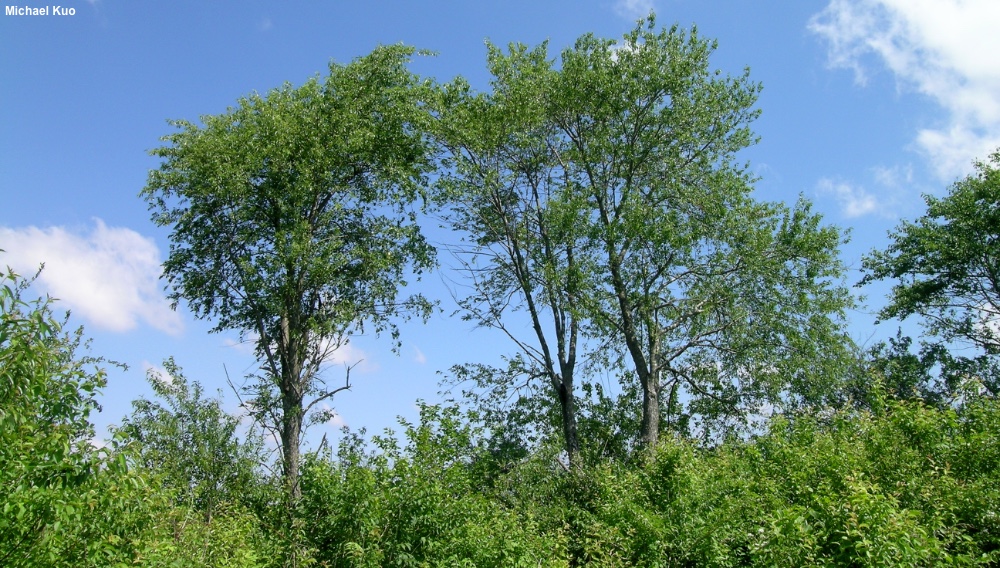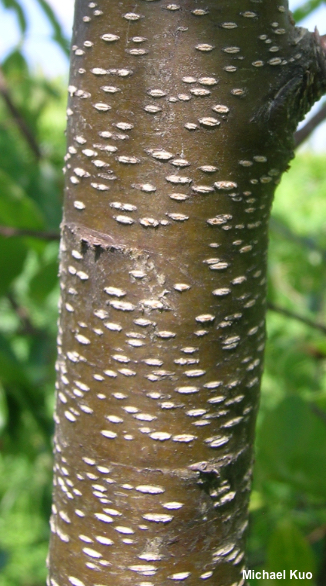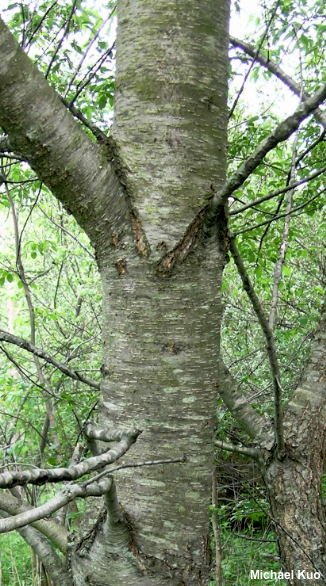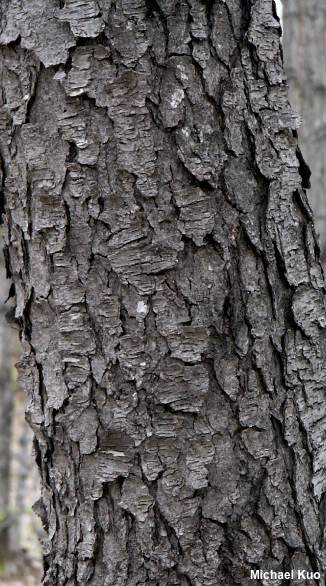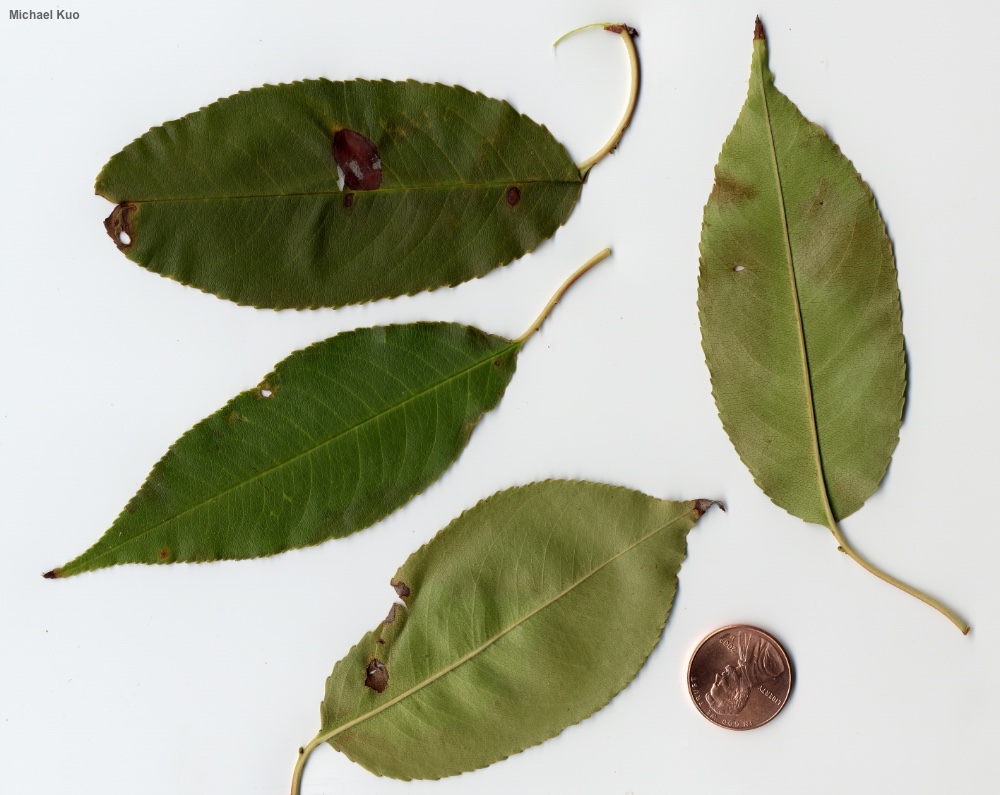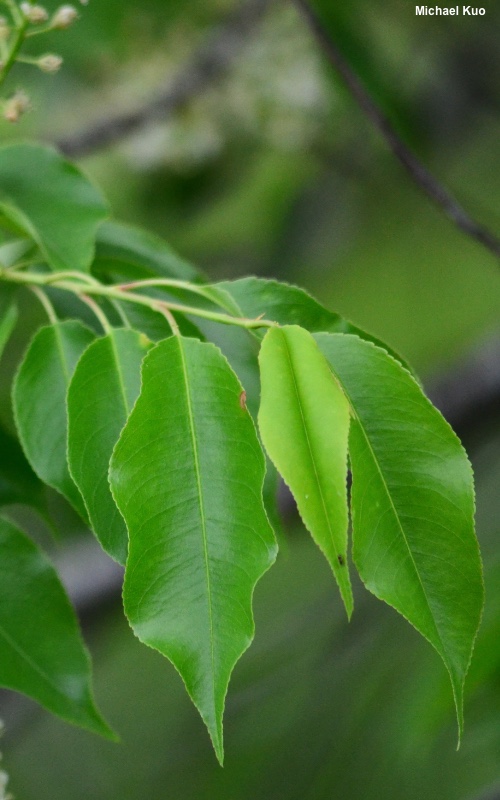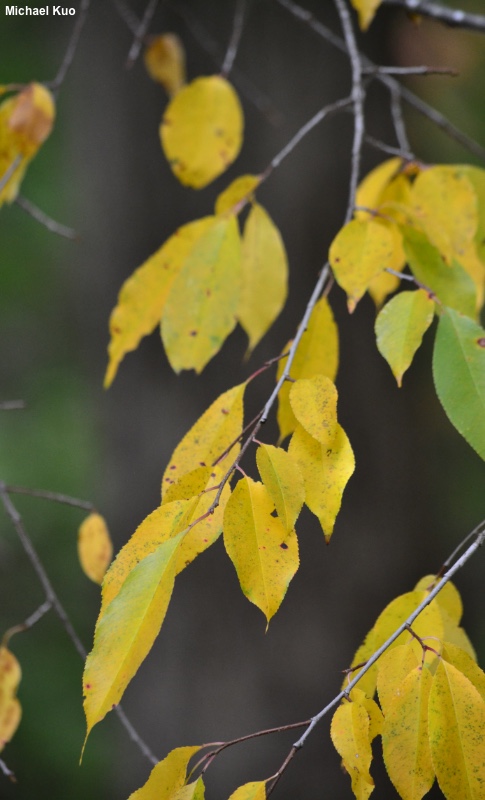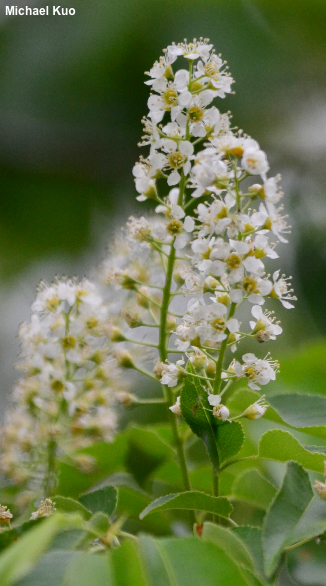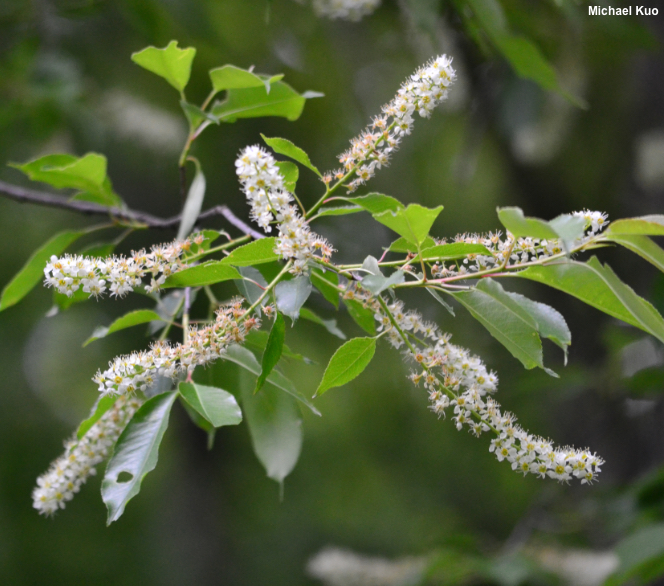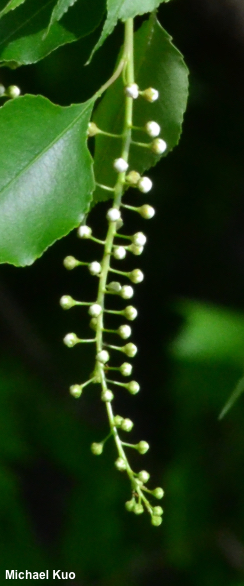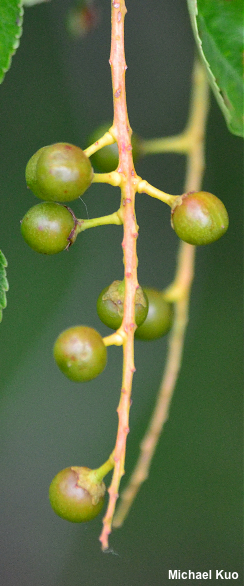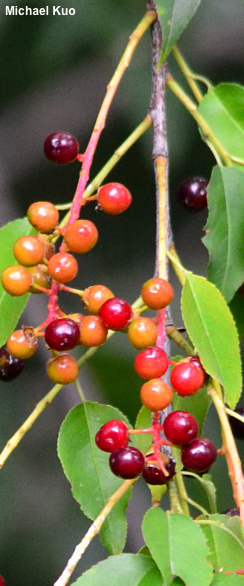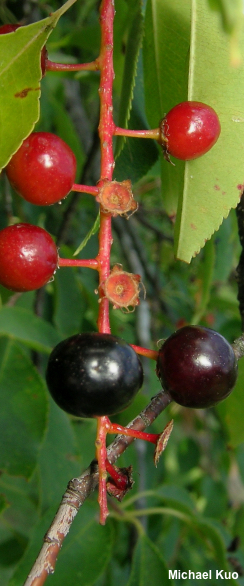 Prunus serotina (black cherry) |
|
Black cherry, Prunus serotina, is native to most of the eastern and Midwestern United States—and pockets of it can be found in the Southwest and in Mexico. The tree is an avid colonizer of old fields and waste areas, where young trees with smooth and papery, reddish brown bark are often among the first trees to appear in the succession of organisms that leads, over time, to a mature forest. In mature woods, however, fully grown black cherry trees look very different, with dark gray bark that is broken up into distinctive scaly plates. The simple, alternate leaves have finely toothed edges, and often feature fine reddish brown hairs on the underside, along the middle vein. Racemes of small white flowers appear in the spring, and are eventually replaced by small fruits that progress with the summer from green, to red, to black. A note of caution: this website contains no information about toxicity or edibility of any organism, and you would be well advised to look elsewhere if eating things is on your mind. Black cherry is not an (ecto) mycorrhizal tree, so mycorrhizal mushrooms found under cherry in the woods are likely associated with other trees in the vicinity. Many saprobes are associated with black cherry, including various polypores (among them Laetiporus sulphureus), Ascocoryne sarcoides, Exidia recisa, and Irpex lacteus. The parasitic fungus Apiosporina morbosa is frequently found engulfing the smaller branches of black cherry saplings; Armillaria mellea is another parasite that can attack black cherry. |
|
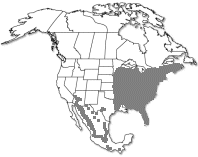
|
|
|
|
|
|
|
|
|
|
|
|
|
|
|
|
|
|
|
|
|
Kuo, Michael (March, 2021). Prunus serotina (black cherry). Retrieved from the MushroomExpert.com website: www.mushroomexpert.com/trees/prunus_serotina.html All text and images © , mushroomexpert.com. |
